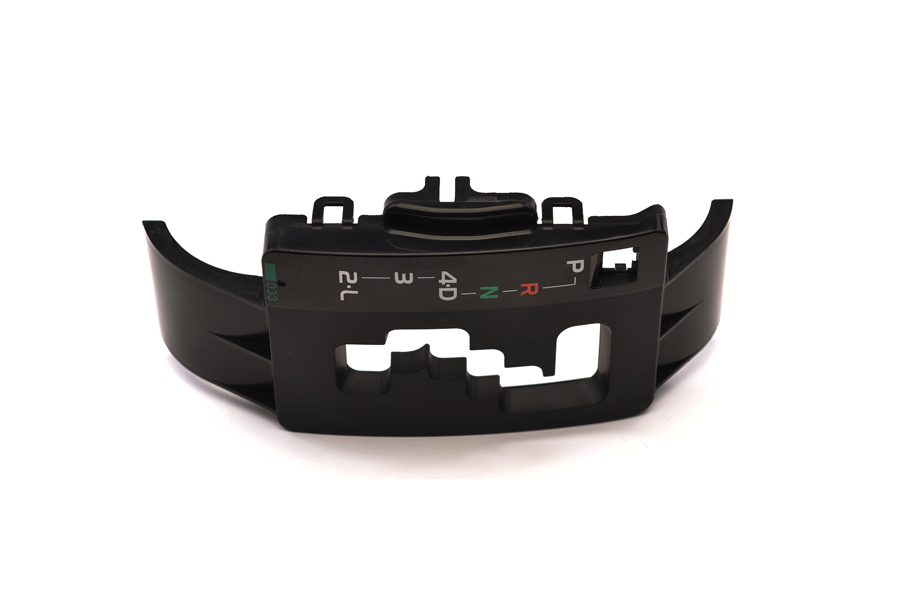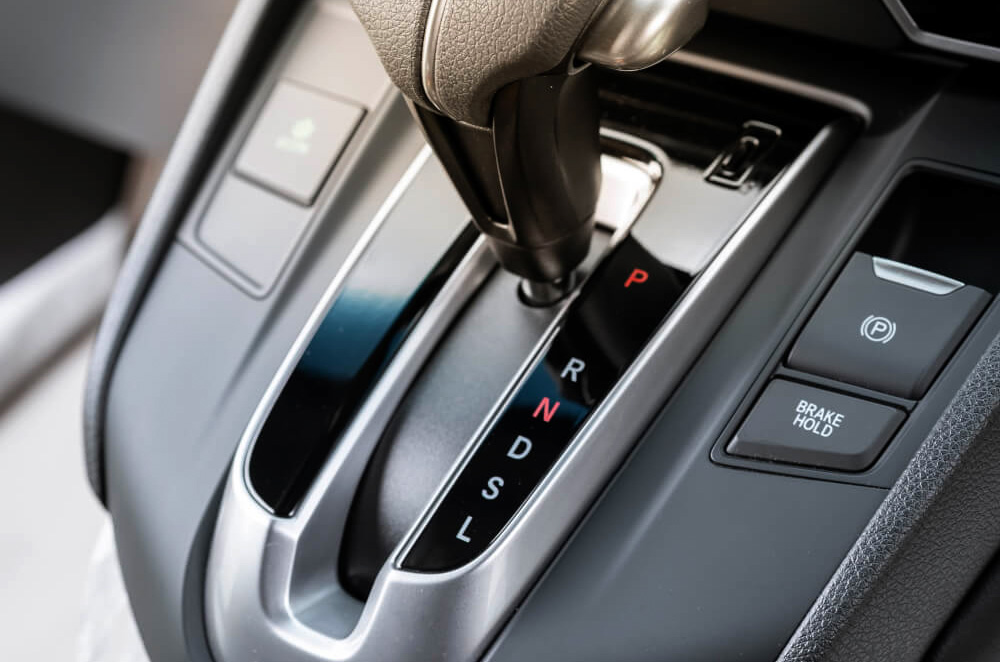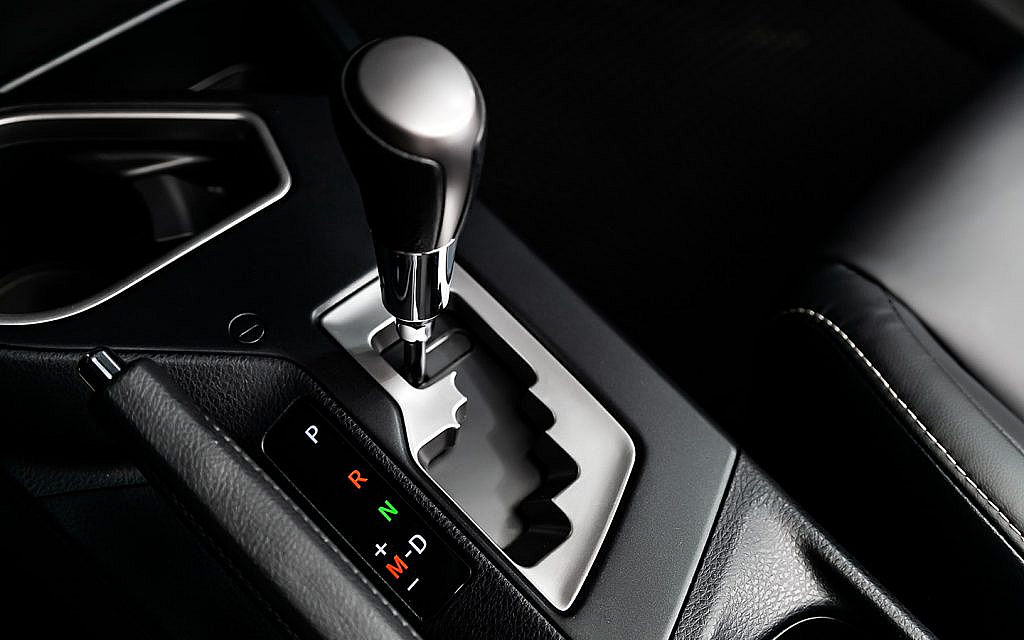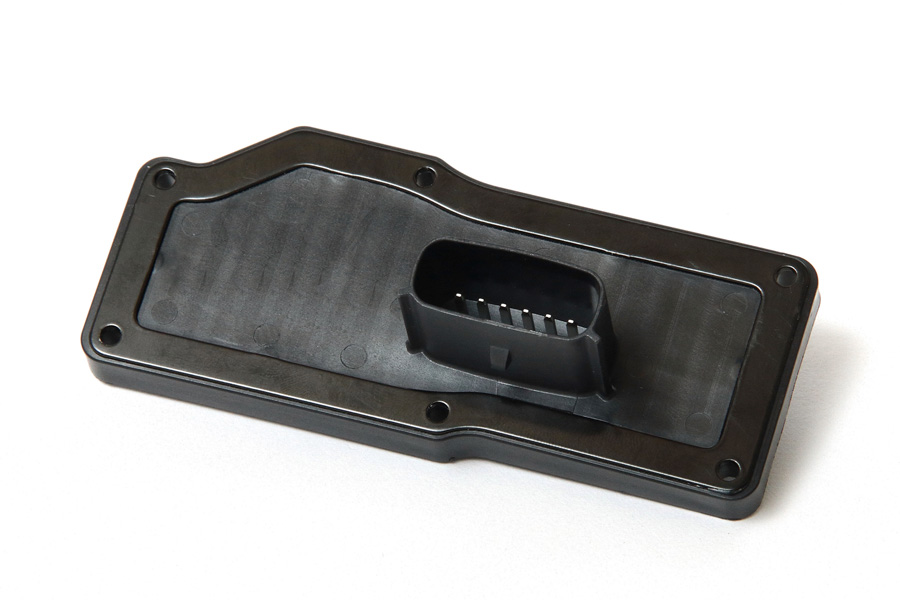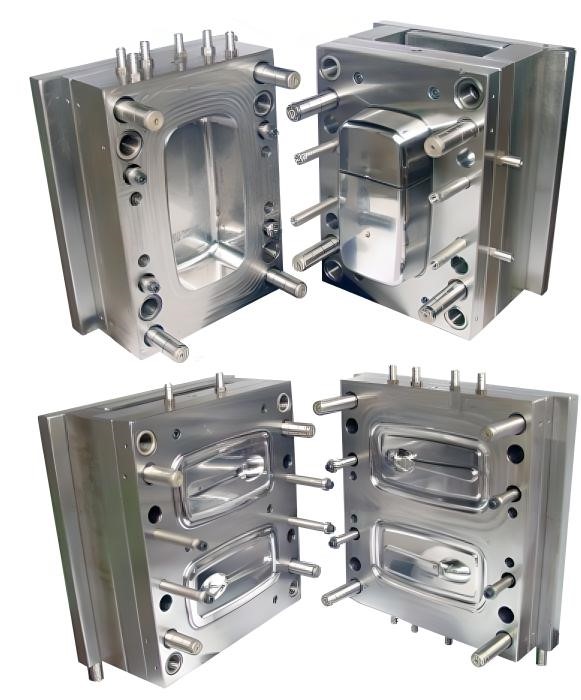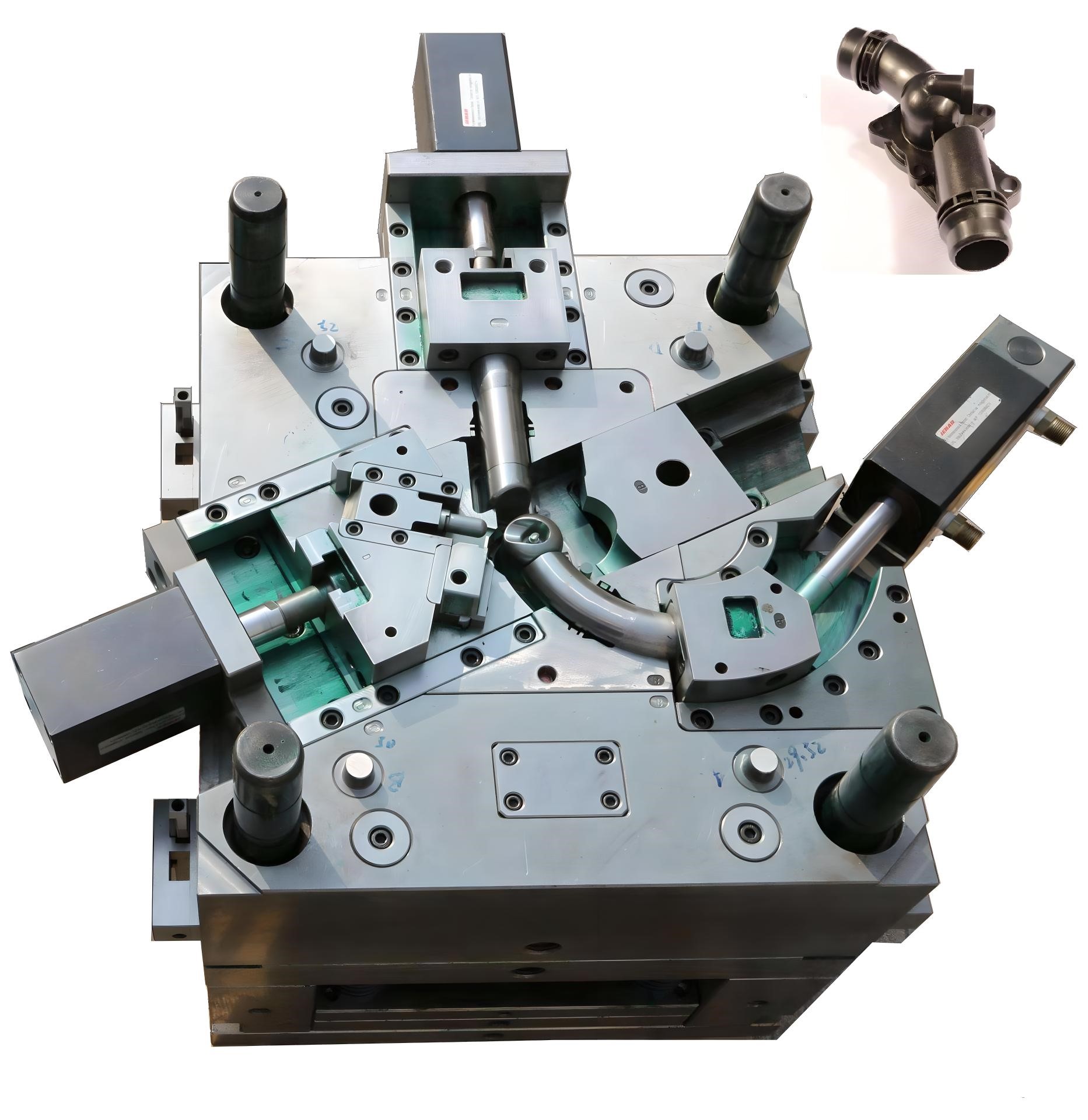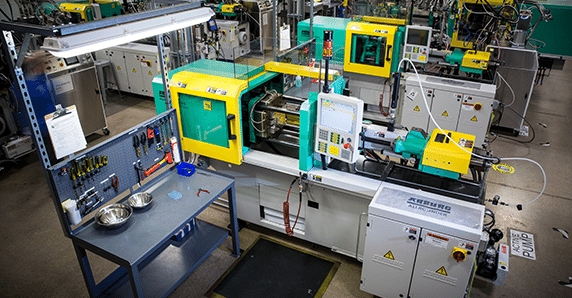Your blog feed for digital manufacturing resources, in-depth features, and industry news.
Shifter PRNDL Specifications: Key Features for Automotive Excellence
Table of Contents
Introduction
The Shifter PRNDL is an essential component in modern vehicles, allowing drivers to seamlessly control the transmission system.
Whether it’s a traditional lever or an advanced electronic system, the Shifter PRNDL plays a crucial role in ensuring smooth gear shifts and enhancing the overall driving experience. Understanding the specifications of a Shifter PRNDL is important for automotive manufacturers and suppliers to ensure that these systems are both functional and reliable. Here’s a breakdown of the key specifications that define a high-quality Shifter PRNDL.
Material Specifications
The Shifter PRNDL is often made from durable, lightweight materials that can withstand years of use. The key materials used in its production typically include:
- High-Strength Plastics: Plastic injection molding is commonly used to create Shifter PRNDL components, allowing for precision manufacturing and the creation of complex shapes. Materials like ABS (Acrylonitrile Butadiene Styrene) and PC/ABS (Polycarbonate/ABS blends) are frequently used due to their strength, heat resistance, and impact resistance.
- Metal Inserts: Some Shifter PRNDL systems incorporate metal components to enhance strength and durability, particularly in areas that endure more wear and tear.
Functional Specifications
A Shifter PRNDL must facilitate smooth and safe shifting between various driving modes. The core functions and modes typically include:
- Park (P): Locks the transmission to prevent the vehicle from moving when stationary.
- Reverse (R): Engages the reverse gear to allow the vehicle to move backward.
- Neutral (N): Disconnects the engine from the drivetrain, allowing the vehicle to roll freely.
- Drive (D): Engages forward gears for normal driving. The vehicle shifts automatically through the gears based on speed and engine load.
- Low (L): Provides engine braking and low-speed driving, commonly used on steep inclines.
In addition to these primary functions, advanced Shifter PRNDLs may feature “Drive Modes” such as sport mode or eco mode, offering drivers more control over performance and fuel efficiency.
Ergonomic and Design Specifications
The Shifter PRNDL’s design must be intuitive and comfortable for the driver to operate. Key design considerations include:
- User-Friendly Layout: The gear selector should be easy to identify and operate, with clear indications for each gear position (often illuminated for better visibility).
- Ergonomic Handle or Knob: The handle or knob should be designed for ease of grip, ensuring that the driver can shift comfortably without strain, especially in long drives.
- Space Efficiency: Compact and sleek designs are increasingly popular, allowing for a more spacious and modern vehicle interior.
Safety Specifications
Safety is a top priority in any vehicle component, and the Shifter PRNDL is no exception. Key safety features include:
- Shift Lock Mechanism: Prevents the driver from accidentally shifting into Reverse (R) while the vehicle is moving forward.
- Safety Interlocks: Many systems include interlocks that require the brake pedal to be pressed before shifting out of Park (P). This prevents unintentional movement.
- Electronic Shift Monitoring: In electronic Shifter PRNDLs, sensors and monitoring systems ensure that the correct gear is engaged based on the vehicle’s speed and driving conditions.
Electronic Control Integration
As vehicles become smarter and more integrated, Shifter PRNDLs are evolving to include electronic control systems that offer advanced features such as:
- Seamless Shifting: Electronic Shifters allow for smoother gear transitions with fewer mechanical parts, reducing wear and enhancing the driving experience.
- Adaptive Features: Advanced systems can adjust shifting behavior based on driving conditions, such as automatic downshifting on hills or shifting to a fuel-efficient mode during city driving.
- Driver Assist Integration: In some modern vehicles, the Shifter PRNDL works in tandem with driver assistance systems, such as automatic parking or lane-keeping assist, to provide more convenience and safety.
Durability and Environmental Resistance
The Shifter PRNDL is designed to withstand various environmental conditions and long-term usage. Key durability specifications include:
- Heat Resistance: High-performance plastics and metals ensure that the Shifter PRNDL components can function in extreme temperatures, from freezing winters to the heat of summer.
- Wear Resistance: Materials are chosen to resist abrasion, even with repeated use. This helps maintain smooth shifting over the life of the vehicle.
- Chemical Resistance: The Shifter PRNDL is built to withstand exposure to oils, lubricants, and other chemicals typically found in vehicle cabins.
Integration with Other Vehicle Systems
The Shifter PRNDL is increasingly integrated with other automotive systems, providing enhanced functionality and user experience. Examples include:
- Start/Stop Systems: In hybrid and electric vehicles, the Shifter PRNDL may be integrated with the start/stop system, automatically turning the engine on or off when the vehicle shifts into Park (P) or Drive (D).
- Smart Features: Advanced Shifter PRNDLs may feature integrated touchscreens, LED displays, or haptic feedback to provide real-time feedback and enhance the user experience.
Conclusion
Conclusion
The Shifter PRNDL is a critical component in modern vehicles, combining durability, functionality, and safety to enhance the driver’s experience. From high-quality materials to intuitive designs and advanced electronic controls, understanding the key specifications of Shifter PRNDL systems is crucial for manufacturers and suppliers aiming to stay ahead in the competitive automotive industry.
- Aerospace
- Agriculture
- Alternative Energy
- Automotive
- Building and Construction
- Chemical
- [email protected]
- +86 153 0262 2329
- Mon-Sun 8:00-22:00

